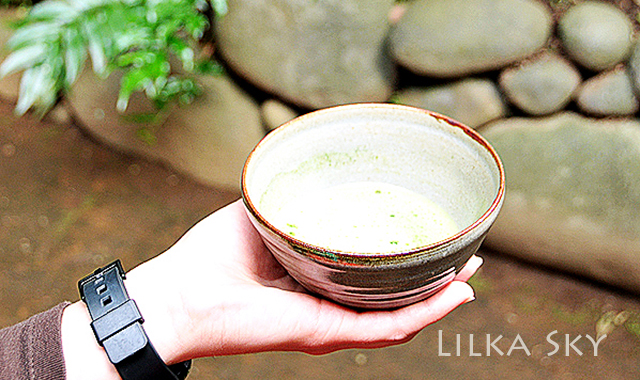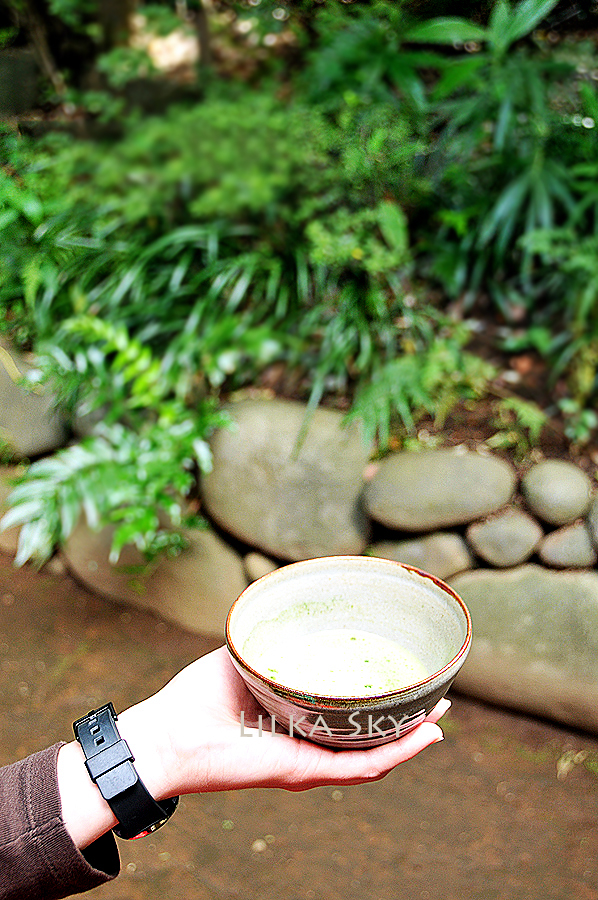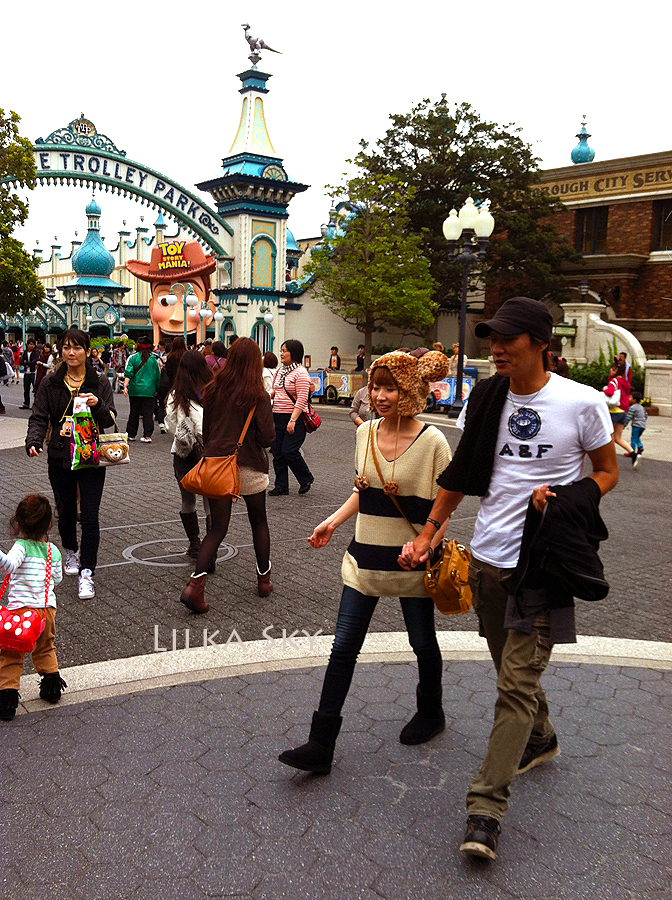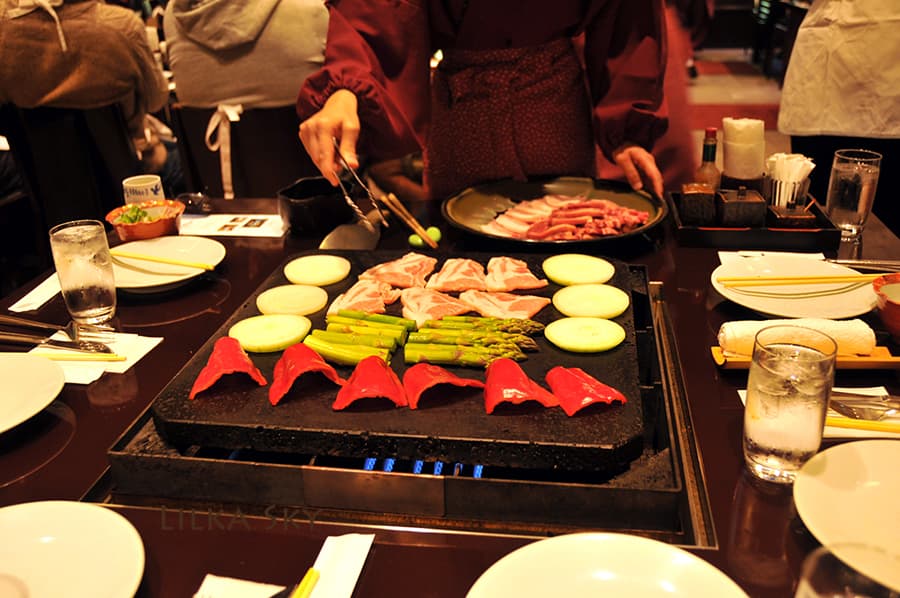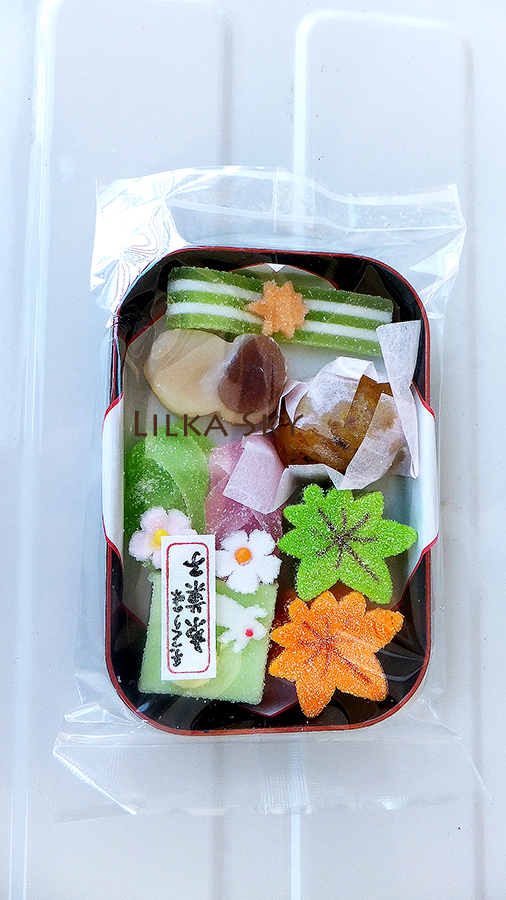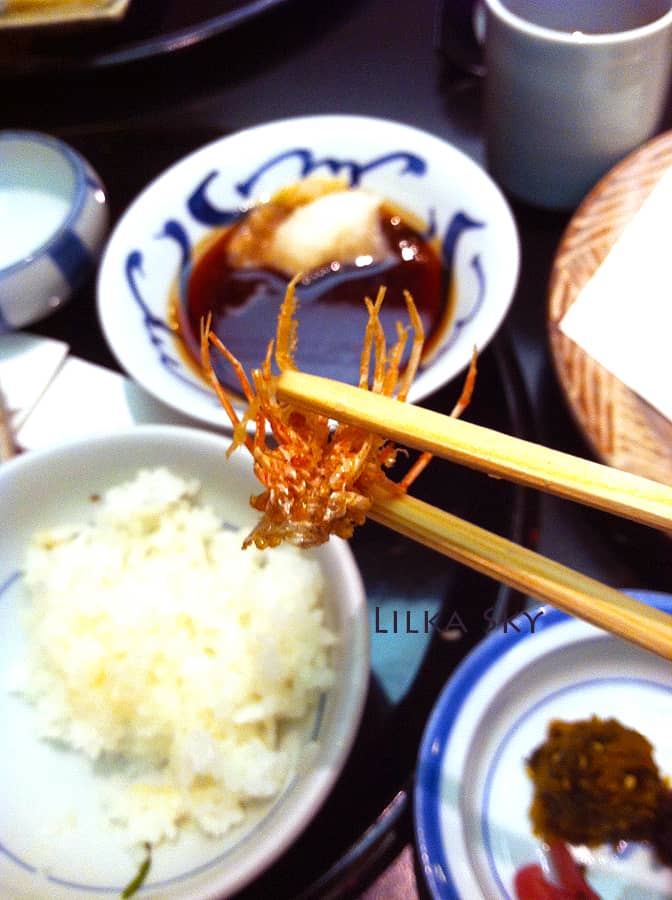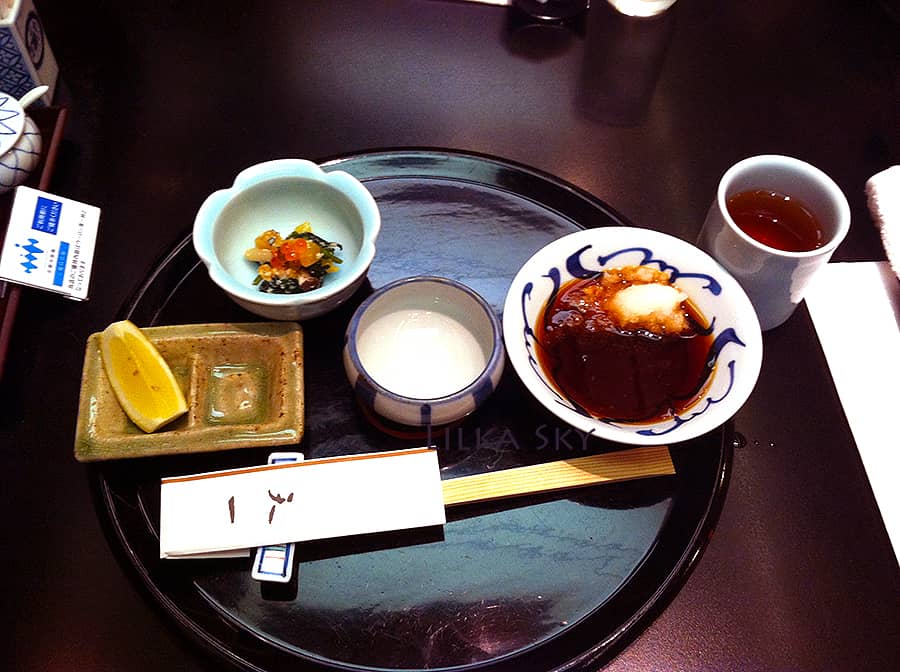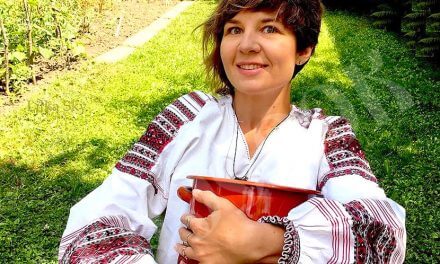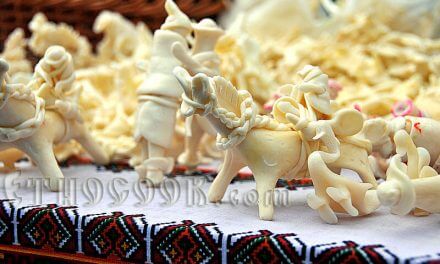Do you know what has surprised me in Japanese culture more than all?
Yes, you can guess that as a chef and nutritionist I am very interested in cuisine wherever I go. Although Japan differs a lot from other countries there is one principal base thing that usually isn’t much described.
It is the special Japanese attitude to nutrition. People in Japan are fond of food, they are literally in love with eating process in general in a very delicate and mindful way.
Recently in the post about observing what you put in your body, I’ve told you about some rules and tips how to make a meal time better for your body and soul. And as far as I know, they are the most implemented in Japanese everyday life. And, the most surprising part is that those principals of healthy eating are natural habits with centuries long history. Nowadays they are a part of a routine, a casual Japanese tradition.
What is exactly so special in Japanese mindful nutrition?
1. No eating while walking in Japan
Yes, that’s the number one surprise. No one is eating or drinking while walking on the street. That’s unusual also in local trains and in crowded places. I’ll tell you even more – no one was chewing in the overcrowded Tokyo Disney Sea.
That will save you and your surrounding from the split coffee, and aromatic flavors. Japanese people try not to bother one another. It’s comfortable and polite. And it’s a very healthy habit. One of the basic principles of mindful nutrition is to watch what you eat and Japanese people have it as a national tradition.
However, it’s acceptable to drink water or other drinks near a vending machine, especially when it’s hot outside. And during different festivals, when people can buy ready to eat street food and consume it immediately.
2. People in Japan eat various colorful foods
Yes guys, regularly. The traditional Japanese diet is very well balanced. Because of the country’s location, it’s not a surprise that it includes a lot of fish and sea foods, and simply cooked rice. There is a little amount of tsukemono (pickled things) and fermented foods, mushrooms and small amounts of animal products. Food are usually low in calories and easy to digest.
Seasonal vegetables are one of the fundamental elements of Japanese cuisine. In the plate they are nicely shaped and of different colors. The very common thing is to find star shaped slices of carrot in your bowl, even if you are adult.
Usually, five basic colors are used while serving a dish: white, black, red, yellow, green. This principle allows to control nutrient value in your everyday life. For example, on one plate must be white rice (gohan), black sesame seeds (kuro goma), red pickled plum (umeboshi), yellow battered and deep fried seafood, meat, or vegetable (tempura), green perilla leaf (shiso). For example, next time you can have a slice of red raw fish (sashimi) and a yellow pickled radish daikon (takuan). Additionally, other colors are added, such as purple (eggplant, sweetpotato (batat)).
Actually, in one meal time you’ll traditionally have different foods that are salty, sweet, sour, bitter, and in special Japanese way delicious (umami). By the way, they will be cooked in different ways for you to enjoy different textures and flavors.
3. Japanese way to show thankfulness for the food
Japanese eating is full of beauty and gratefulness. This is a ritual even if you are eating with your family at home. In Japan is cultivated a spirit of gratitude towards food.
First of all, before starting to eat everyone will put their hands together ? in front of their chest and sayいただきます (itadakimas(u)) that means “I will humbly accept it”. And when you finish your meal say thank you ごちそうさまでした (gochisosamadesh(i)ta), to show respect for the eaten food.
4. Place, plates and politeness are very important in Japan
As I’ve mentioned in my Lilka Sky article about mindful nutrition, it’s very important where you eat. In Japanese culture every detail plays role. First of all the place must be clean and comfortable. In traditional variant in Japan people seat on the floor and eat from a little table. Nowadays it’s common to have a dining table, but sitting on the knees is widely spread too.
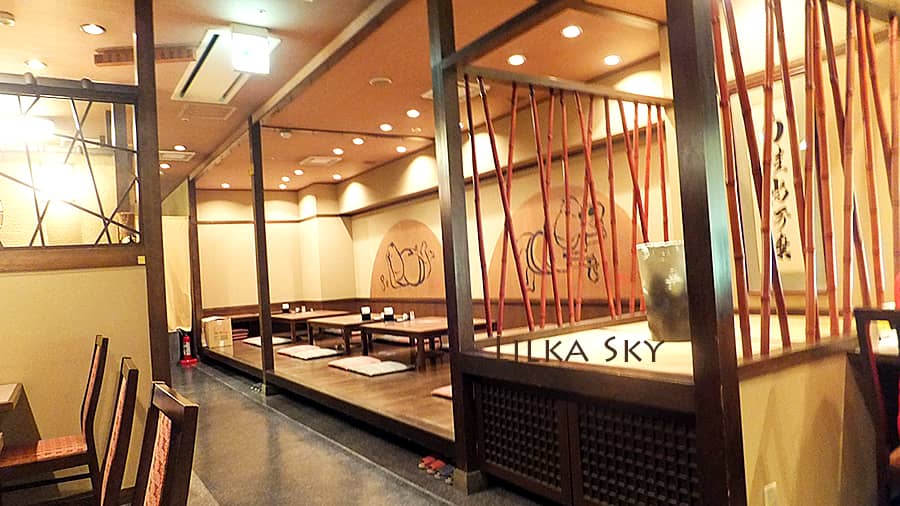
There are different special rituals connected with foods, like the famous Japanese tea ceremony. However, even eating in cafe people will follow a list of rules, strange for foreigners but well known by Japanese from early childhood.
For example, in Japan food is eaten by chopsticks (hashi). Unexpectedly, it’s not enough just to know how to do it. There are a lot of taboos that are connected with the way how to use hashi. In short, remember not to lick them, avoid passing food with them, stabbing food and crossing your chopsticks.
If you like to know, whether it’s possible to study to eat with chopsticks, I use hashi for eating. I’ve learned it when I was near thirty (and now I’m thirty four, so everything is possible). Yes, for all dishes, even porridge. And yes, I drink broth and eat everything else using chopsticks. The secret how to do it is just practice, no magic at all.
Plates on the table have different colors and shapes that go in harmony with dishes.
While eating, Japanese take small bites, and chew food many times. Portions are small and it’s polite to eat everything, especially rice. By the way, noodles in broth, ramen, is eaten loudly slurping, it’s done to avoid burning your mouth with a hot dish.
5. Japanese are slim because they know when to stop eating
And there is a special teaching about it that comes from the ancient times BCE (Before the Common Era), hara hachi bun me (腹八分目, hara hachi bu). It instructs people to eat until they are 80 percent full and not to stretch stomach.
In real life everyone can control the amount of food with the help of mindful nutrition, being in a moment, being a part of a flowing process. Eat very slowly, chew properly and finish your meal before the usual time. If twenty minutes pass and you don’t feel hunger, then you’re full. When you listen to your body you’ll know exactly when to stop and won’t feel hungry.
I strongly believe that wellness and wellbeing are built from little changes in our lives. Something that depends on us and we can control. Let the habit of mindful eating be the beginning of your better life and mindful future full of happy moments.
Your Lilka Sky
Tradition.Nutrition.Cuisine. ^.~ ❤
►LilkaSky – https://lilkasky.com/
►ETNOcook website – https://etnocook.com/
? Facebook – https://www.facebook.com/lilkasky/
? Instagram – https://www.instagram.com/lilka.sky/
✌️ Twitter – https://twitter.com/lilkasky
? Mail – lilia@etnocook.com

